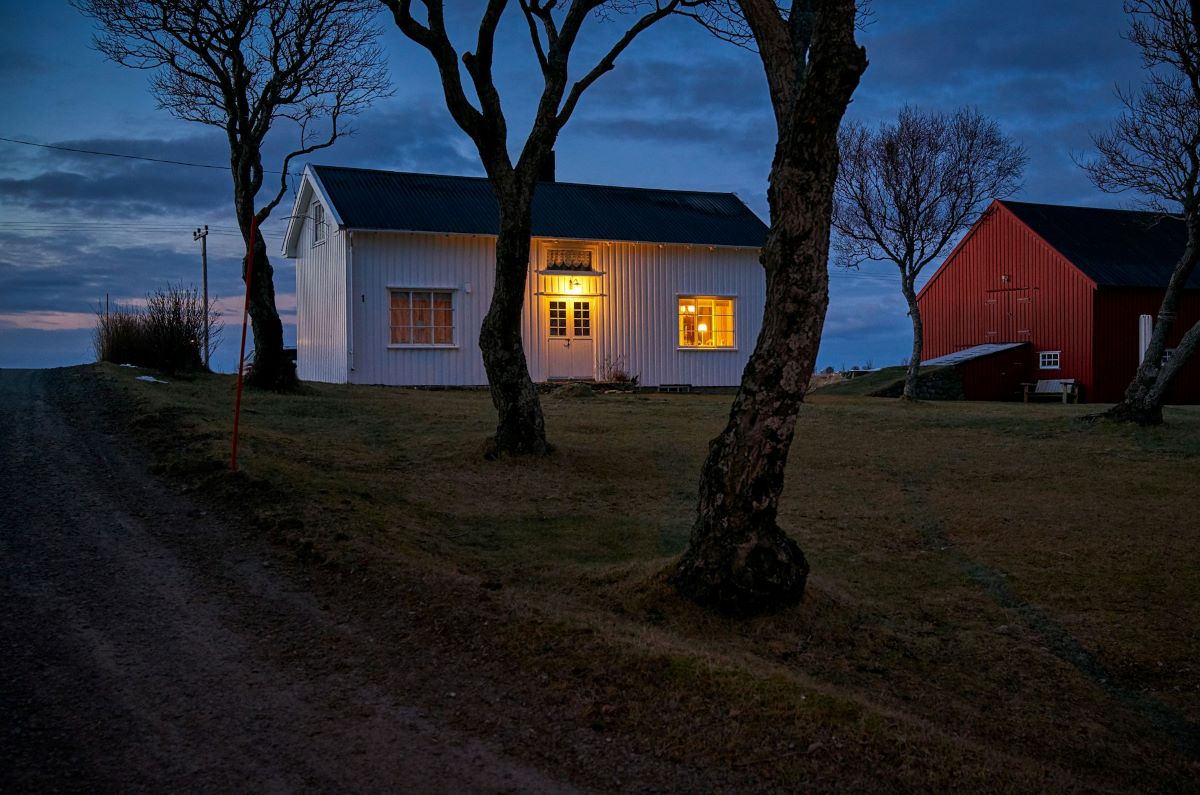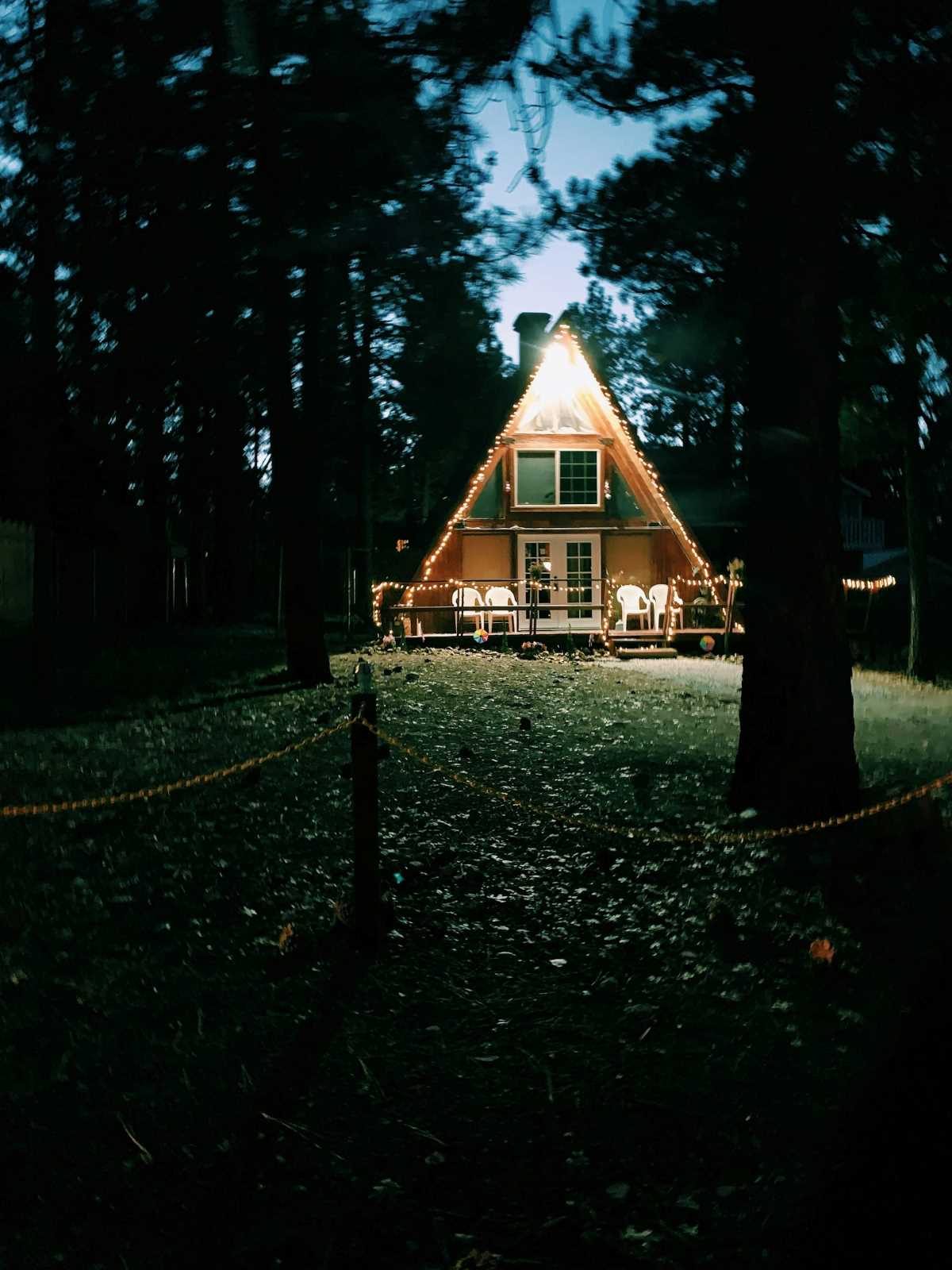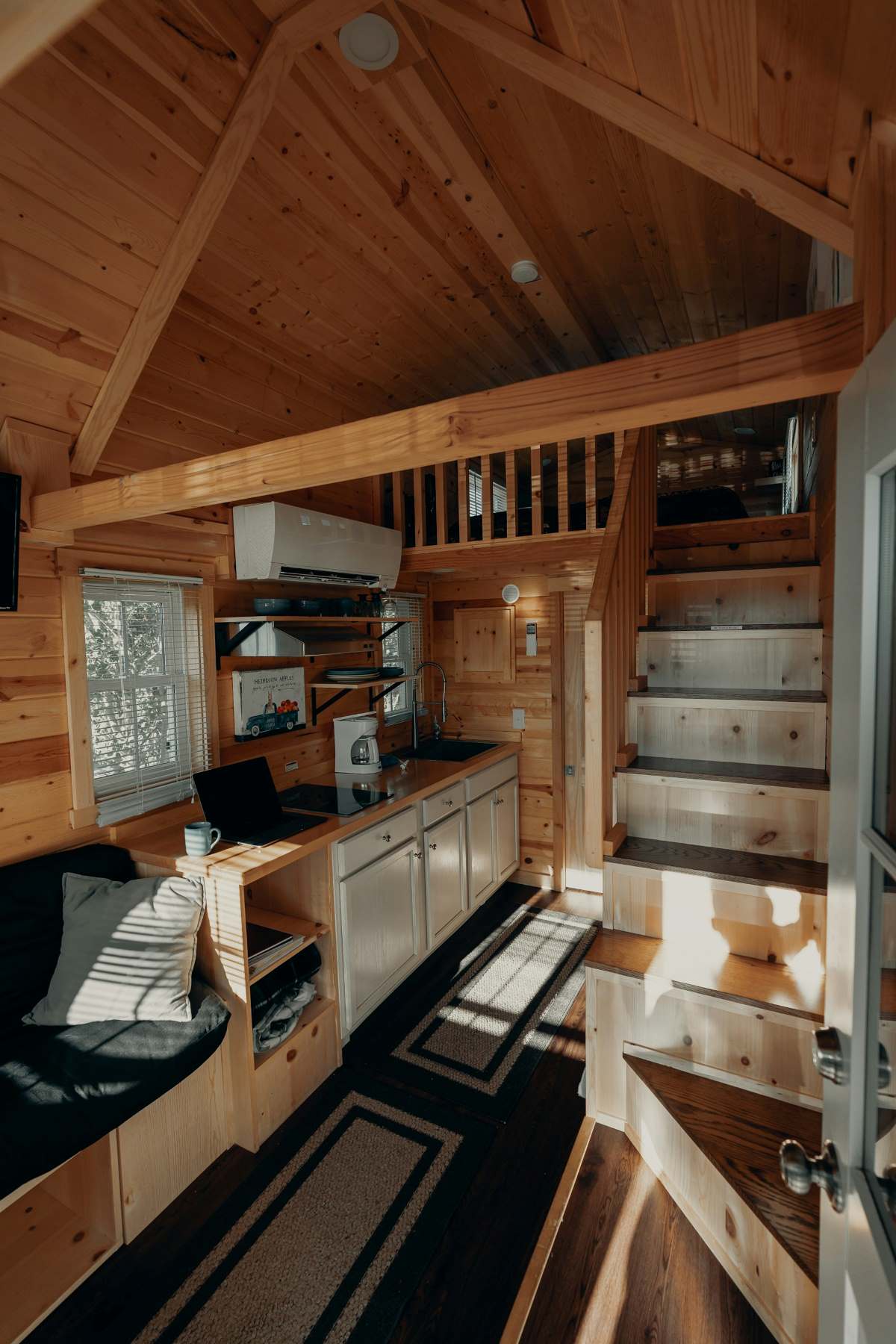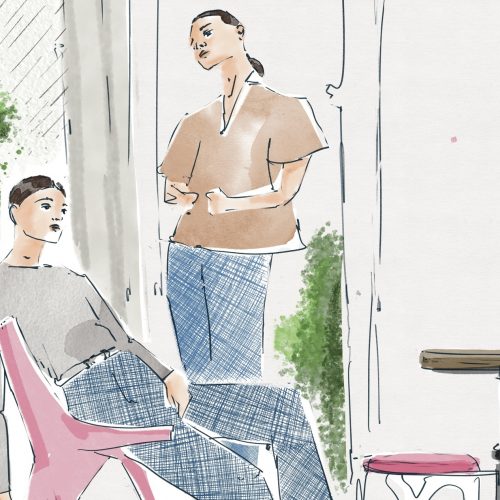Tiny Houses, Big Dreams | Eco-Conscious Choice for Living
Do we actually need big houses? And why do some people choose to downsize their space of living? Let’s explore the secret of the tiny house movement and the environmental impact of living in a tiny house.
To receive the Luxiders Newsletter, sign up here.
When it comes to sustainable living, our houses play an important role in meeting the 2030 carbon reduction targets. Such alternatives as earthships, modular homes and passive houses are effective in the reduction of carbon footprint, but they aren’t affordable for the majority of people. As a consequence, the movement of tiny houses has been gaining momentum in the home building sector representing a more sustainable and affordable approach.
PHILOSOPHY OF THE TINY HOUSE MOVEMENT
The trend towards living in tiny houses has transformed into a whole social movement. The jumpstart of the tiny house movement is relatively recent, with Jay Shafer building his first tiny house in 1997. A few years later, he founded the first construction company selling mobile tiny homes in the USA, Tumbleweed Tiny Houses. An entire ecosystem of tiny house books, blogs, films and TV series started popping up exploring the virtues of living better by living with less. Several books published on this topic include The Small House Book by Jay Shafer and The Big Tiny: A Built-It-Myself Memoir by Dee Williams. In 2014, the debut of the Netflix home-improvement reality show Tiny House Nation made tiny houses go viral.
The tiny house movement is much more than living in a small space. Its philosophy highly relies on minimalism and tiny life philosophy, addressing present concerns and issues. Tiny houses challenge people to reconsider their relationship with the environment and how they value physical goods offering a path towards reducing environmental footprint, greater financial freedom and self-sufficient life. Put in other words, tiny houses provide a reason to stop buying unnecessary things and start minimizing consumption. Owners of tiny houses re-engage with the amount of physical things they actually need, rightsizing their lives rather than downsizing. Moreover, tiny houses are often built in rural areas allowing people to enjoy the intimacy with the natural world.

Vidar Nordli-Mathisen © via Unsplash

grace wang © via Unsplash

Clay Banks © via Unsplash
WHAT MAKES TINY HOUSES SUSTAINABLE
SMALLER CARBON FOOTPRINT
The larger the size of a house, the more carbon-emitting it is. In its turn, tiny houses are typically not bigger than 400 square feet, and some of the smallest ones can be even 80 square feet total. Normally, a tiny house produces about 2,000 pounds of carbon emissions yearly, while an average-sized home can release up to 28,000 pounds into the atmosphere.
LESS ENERGY AND WATER USE
Although the size of a house is already a big step towards sustainable living, tiny homes are also cleverly designed. They are often self-sufficient producing their own power through solar panels and collecting their own water through rainwater collecting systems. While average-sized houses use 20-40 light bulbs, tiny houses usually need only 6 light bulbs consuming only around 7% of the electricity that it takes to power an average sized house.
RECYCLABLE MATERIALS
What makes tiny houses even more sustainable is that they are built with fewer and recyclable materials or reclaimed products. Often, owners of tiny houses use reclaimed barn wood siding and windows, reused pine flooring, corrugated tin or shipping pallets. Furthermore, tiny homes can be built on trailers or wheels, allowing owners to move to other places quickly and easily.
FEWER POSSESSIONS
Apart from obvious advantages of tiny houses, there is a strong mindset behind the concept. Usually, people giving preference to the tiny living have fewer possessions which leads to using less packaging and producing less waste. As we mentioned above, living in a small place will make you reconsider the amount of possessions you have and clean your space for the things that are really necessary.
Highlight Image: © Roberto Nickson via Unsplash
+ Words:
Kseniia Gavrilova
Luxiders Magazine




